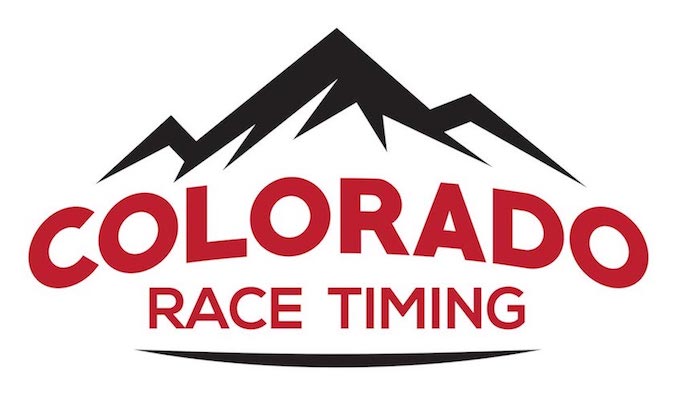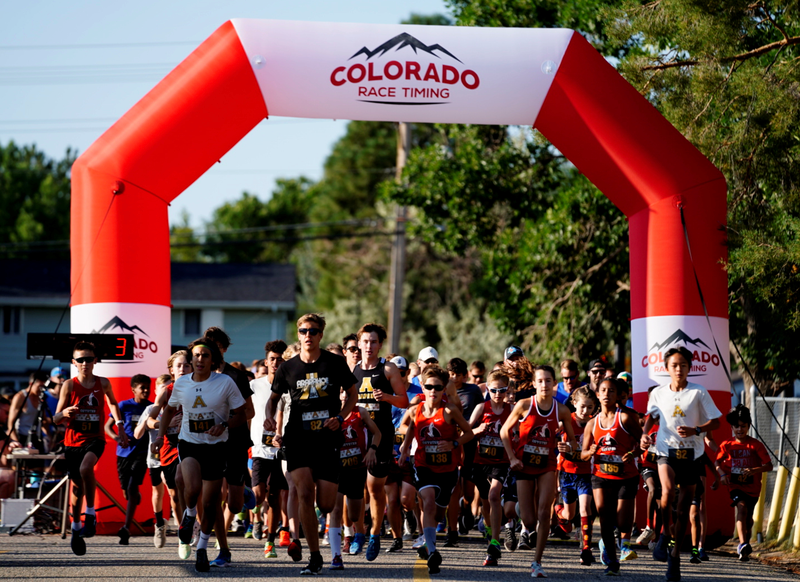
Anyone who has run a race has incurred the agony of showing up on race morning and getting in line to pick up your bib and chip and wondering why the pre-registration lines are so unevenly distributed. You’re in a line with 20 other runners and you look over at the S-Z table and notice the volunteer running the table on their iPhone with not a runner in sight. Why does this always happen?
Before becoming a full-time race timer, I was a business analyst and one thing that I loathe are bottlenecks. You don’t need a black belt in Six Sigma to reduce congestion on race day but you will have to do some basic math.
One simple rule of data analysis is to look at the data before you make a decision. However, a lot of race directors make the mistake of breaking out the registration tables by the alphabet and not by how the runners who have registered fall within the alphabet.
Here is the alpha breakout from the 2000 census, the first letter of the last name:

If a race director broke out the pre-registration table into halves, the above chart shows the participant distribution. Using data from the 2000 census this would create a scenario where 63% of the race day participants are going to the A-M table and the other 37% are going to the N-Z table.
What we recommend is analyzing your pre-registration information and assigning the breakouts according to the actual percentages. Utilizing the census data we would look at the breakout and find the point that allows us to most evenly distribute the participants over two tables. The larger the race the more tables and breaks you’ll want to create. Cartoon porno www.cartoonporno.xxx online!

A lot of people with the last name beginning in M! Thus by creating alpha breaks of A-L and M-Z, we were able to distribute the breakout to 52%/48%, which will help alleviate bottlenecks on race day and create a smoother race day experience for the racers and volunteers.
This is a basic example but carry this logic forward if you’re breaking your pre-registration tables into thirds, fourths, etc. Don’t rely on the census date, look at your data before assigning the alpha breakouts.


